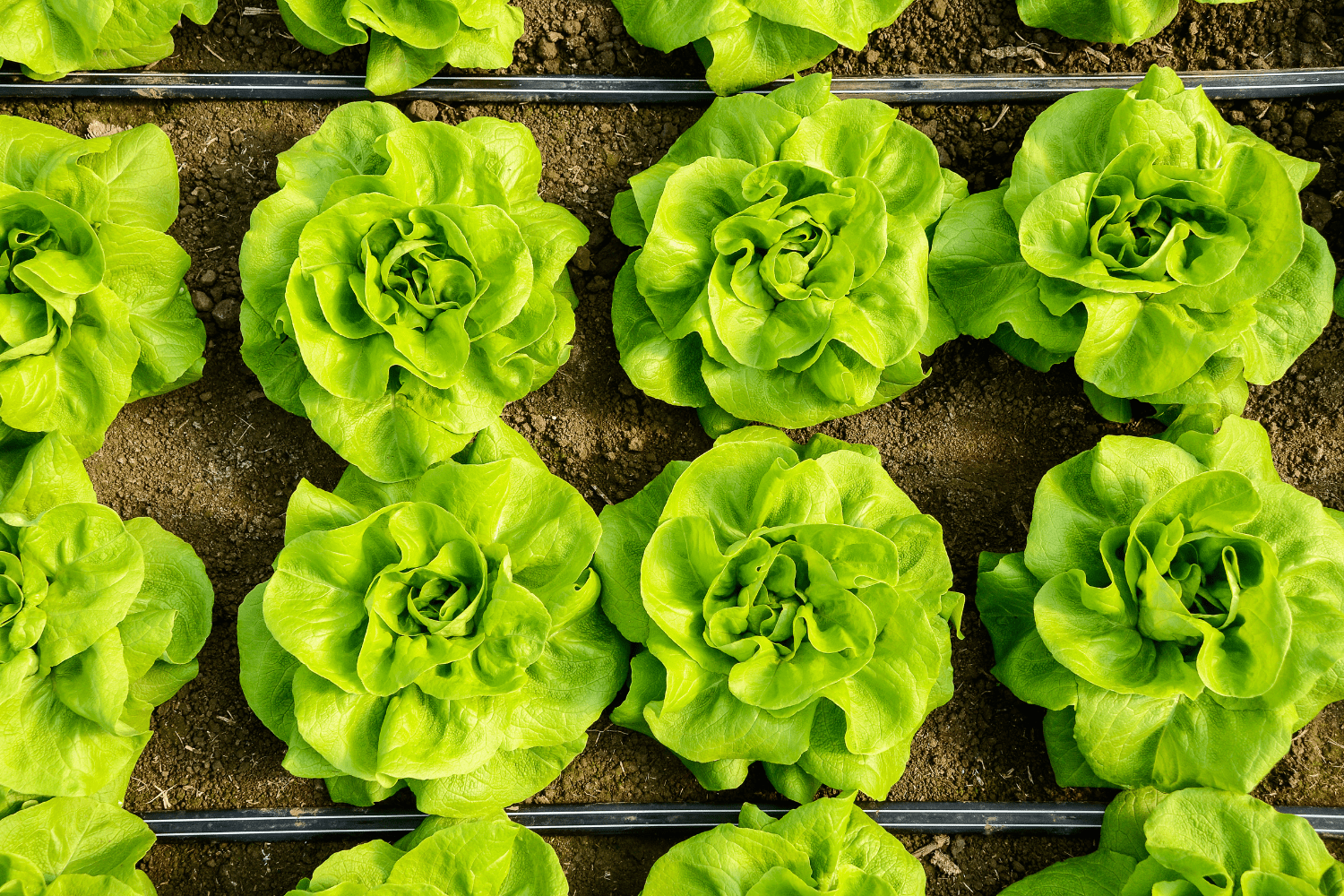Mar 1, 2023
What's 'Dirtier'? Diesel-Fueled or High Tech Farming Systems?

Editor’s Note: This blog post is a continuation of a previous article authored by Djavid, our Director of Consulting here at Agritecture. In 2021, Djavid wrote the original article, “How to Caluclate Your Farm’s Carbon Footprint.” Since then, technology in the field continues to advance and reimagine our food systems. Explore Djavid’s updated guide to carbon footprint calculation, and feel free to reach out to Agritecture for more information on how to create a more sustainable and climate-resilient indoor farm.
Written by: Djavid Amidi-Abraham
March 1, 2023
A very busy couple of years have passed since my last blog post, but I am happy to say that the feedback I received was overwhelmingly positive, and I have received lots of inquiries about the impact of CEA systems on the carbon footprint of our ever-changing food systems. One thing that came to my attention during some of these conversations was a misconception that farming systems that use diesel fuel or other combustibles in the cultivation process - whether its seeding, transplanting, or harvesting in field cultivation settings - are inherently more “dirty” and carbon intensive than the sleek and clean looking vertical farms and high-tech greenhouses.

My previous post was focused on the carbon footprint of crop transportation from the lettuce production regions on the West Coast of the US to East Coast Markets. The thought experiment concluded with a rough figure that each lb of moved product incurs about ⅓ of a pound of CO2 in the process. This was compared to the carbon footprint of a typical grid-tied container farm, which produced CO2 in excess of 8lbs of CO2 per lb of product grown. This begs the question, are the solutions being pushed by the CEA industry really that impactful when it comes to holistic sustainability? Are we conveniently ignoring the carbon footprint story when we boast about 95% water savings and longer product shelf-life? I really appreciated the conversation that stemmed from this discussion and want to address a misconception that I take for granted as a professional in the industry.
While it is true that much of the equipment that field farmers use on a daily basis is petroleum based and produces carbon dioxide in the neighborhood of 22 lbs of CO2 per gallon of fuel burned, it must be considered that this equipment is often serving hundreds, if not thousands, of cultivation acres. At an industry-average field-farming yield rate of 22,175 pounds per acre (for the more boutique varieties that are grown in CEA settings), that's a lot of lettuce! In fact, the cultivation of lettuce and other leafy greens in field settings is highly carbon-efficient when compared to more energy intensive processes like those used in many CEA facilities. The other major contributor to the carbon footprint of field-grown products is the biogeochemical changes that occur in the soil due to farming activities and this can include both positive and negative carbon (or carbon equivalency) impacts such as methane emissions, nitrous oxide volatilization, or carbon sequestration from carbon-fixing soil bacteria. In order to properly address soil cultivation carbon impact, all of these must be included.

A resource that I have found extremely useful that dives into this topic in detail is a piece written by Steve Shaffer and Edward Thompson Jr. of the American Farmland Trust. This study includes an analysis of nearly 200,000 acres of California lettuce farmland that is analyzed using two separate analytical tools. The first of these is Cool Farm Tool (CFT) developed by Unilever to assess above-ground carbon impacts, and the second is the DeNitrification-DeComposition Model developed at the University of New Hampshire to understand the biogeochemical changes of subterranean environments during cultivation processes. This analysis concludes that for every acre of cultivated land-grown lettuce, approximately 4.74 MTCO2e per year is generated through a combination of biogeochemical changes and farming processes. When we look at the average yield per acre per year - or around 22,175 lbs per year, we see a carbon footprint of production around 0.4712 lbs of CO2 per lb of yield involved in the cultivation of field lettuce. When we add another 0.31 lbs of CO2 to account for getting that product to a distant market, we see a total carbon footprint of 0.78 lbs of CO2e per pround of yield - still a far cry from the 8 pounds of CO2 per lb of yield carbon footprint of container farming.

Here at Agritecture, we pride ourselves in recognizing greenwashing and getting to the core of true environmental and economic sustainability. While many operators claim that their vertical farming systems are the next generation of sustainable agriculture, the carbon footprint of their operations tells another story. Grid-tied indoor operations in fossil-fuel heavy regions are indeed likely more carbon-polluting than field-grown agriculture, however, other operations are conducting proper due diligence and planning out robust energy supply plans to reduce their carbon footprint of crop production. We’ve seen some of these efforts include geothermal energy tie-ins, solar farm power supplementation, or microgrids that localize power use and reduce the carbon footprint of daily operations. Until we see grid-power saturated by renewable energy supplies that drastically reduce the carbon footprint of power consumed, it's up to the founders, funders, and CEOs to make these critical energy decisions with the support of their stakeholders.
